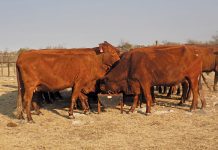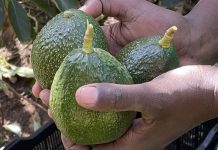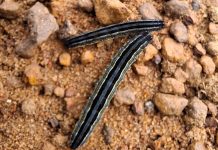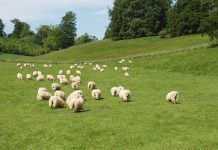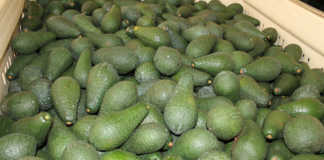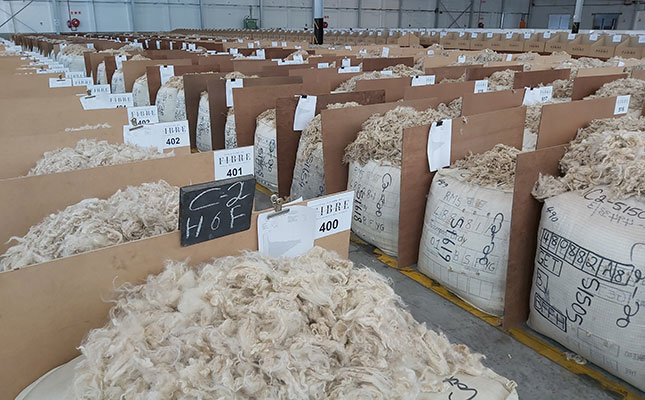
Photo: The House of Fibre
Healthy competition among mohair farmers has resulted in world-record prices being achieved several times over the past year.
This was according to Pierre van der Vyver, general manager of The House of Fibre, after Amantis Landgoed near Danabaai in the George area recently sold a bale of adult mohair for a world-record price of R620/kg.
READ How two brothers built a R100-million farming business in 10 years
Amantis Landgoed had broken this record quite a few times over the past few years, he said.
Over the past year alone, this record was broken a number of times, with Langkloof Plase near Oudtshoorn breaking it with a price of R485/kg at the fourth summer sale.
Amantis Landgoed then set a new record with a price of R542,10/kg at the sixth summer sale, and Lategan Junior Boerdery, near Aberdeen, followed with a price of R600/kg at the next summer sale.
Van der Vyver said various other world records were also achieved this year, specifically during the sixth summer sale.
The Colbornes near Willowmore broke the world record with R855/kg for 25-micron winter kids’ mohair bale, while Jan and Jannie Lategan of Aberdeen broke the world record with a price of R790/kg for a 26-micron summer young goats’ mohair bale, and R769/kg for a 27,3-micron adult goats’ mohair bale presented as a winter young goats’ bale.
READ Are top-priced genetics really worth it?
He ascribes the good prices to a growing demand for natural fibres combined with huge strides being made with the Responsible Mohair Standards (RMS).
“[The] RMS was launched three years ago, with more than 70% of producers now being compliant. The standard, which is verified by third parties, serves as guarantee that producers follow environmentally responsible and humane production practices.”
Van der Vyver added the standard had sparked a lot of interest from buyers who were not previously interested in mohair.
Prices were traditionally not as high during the winter season as during the summer season, due to the impact of age and time of shearing on the quality of clips.
Winter sales prices, nevertheless, had been 45% higher than the previous winter season and the highest the industry had ever achieved for a winter season, according to Van der Vyver.
Jasper van der Westhuizen, co-owner of Amantis Landgoed, ascribed the operation’s record achievements with adult mohair to good genetics.
“We started farming mohair six to seven years ago and bought the best quality genetics we could afford at the time from the Colbornes. It’s much easier to start with good genetics than to try and fix problems with breeding.”
In addition, the farm closely managed the goats to maintain top condition throughout the year, while great emphasis was placed on pre-shearing and post-shearing management.
“Sorting continues for up to three weeks after shearing has finished to ensure the best possible prices,” he said.

